Size Guide
Get the perfect self storage unit size the first time.
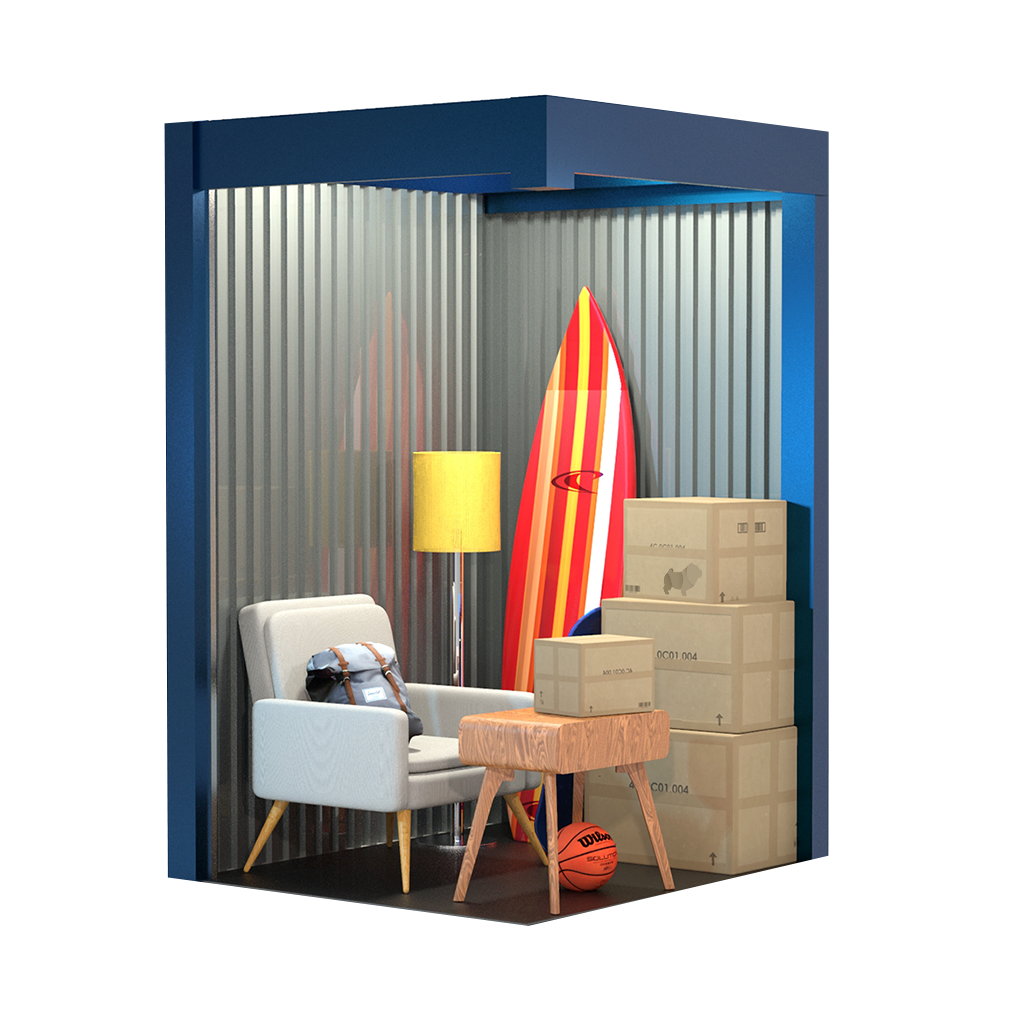
4'x6' Unit
This estimation is based on popular tips for common storage based on this size.
Similar in size to a hall closet
Holds approximately 58 medium boxes/totes
The contents of a typical garden shed
Equivalent of one small van load
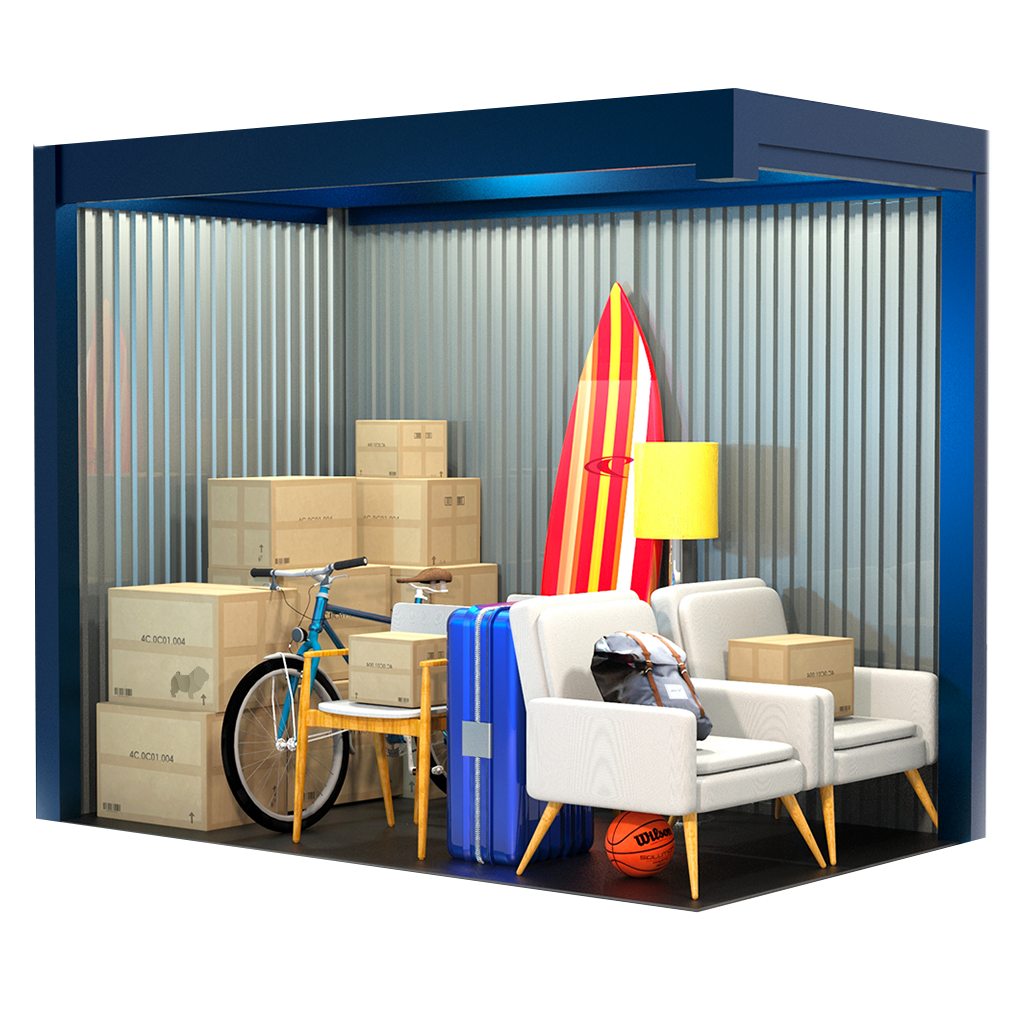
4’x10’ Unit
This estimation is based on popular tips for common storage based on this size.
Similar in size to a walk-in closet
Holds approximately 96 medium boxes/totes
The contents of one studio or one bedroom apartment
Equivalent of two small van loads
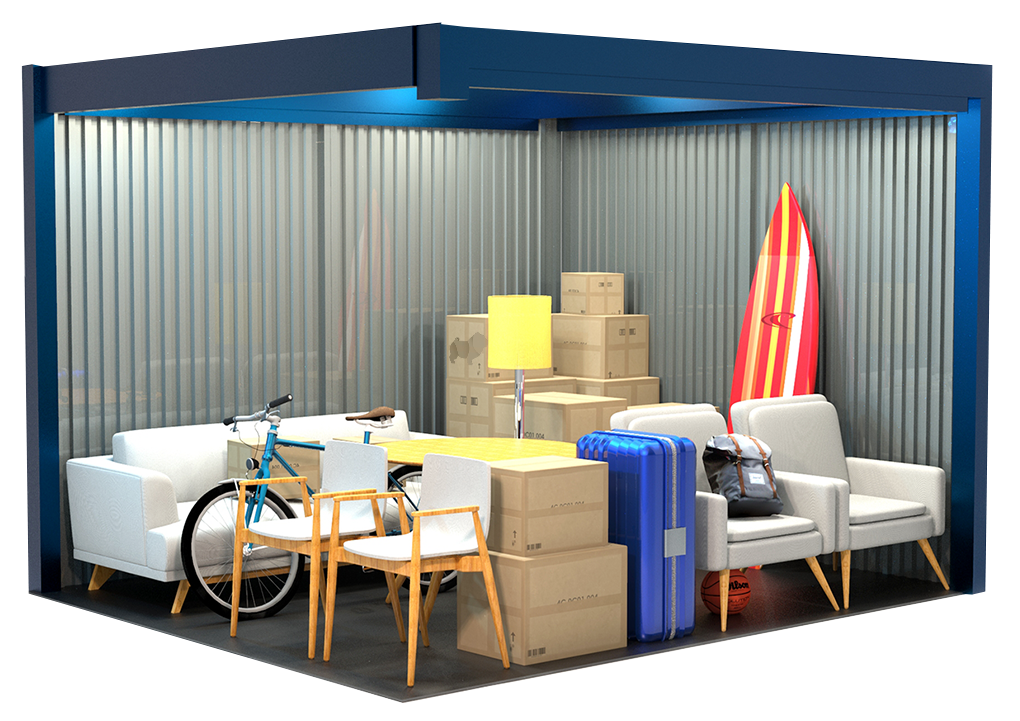
10’x10’ Unit
This estimation is based on popular tips for common storage based on this size.
Holds the contents of two bedroom house/apartment
Holds approximately 215 medium boxes/totes
The contents of a typical garage
Similar in size to a small bedroom or condo
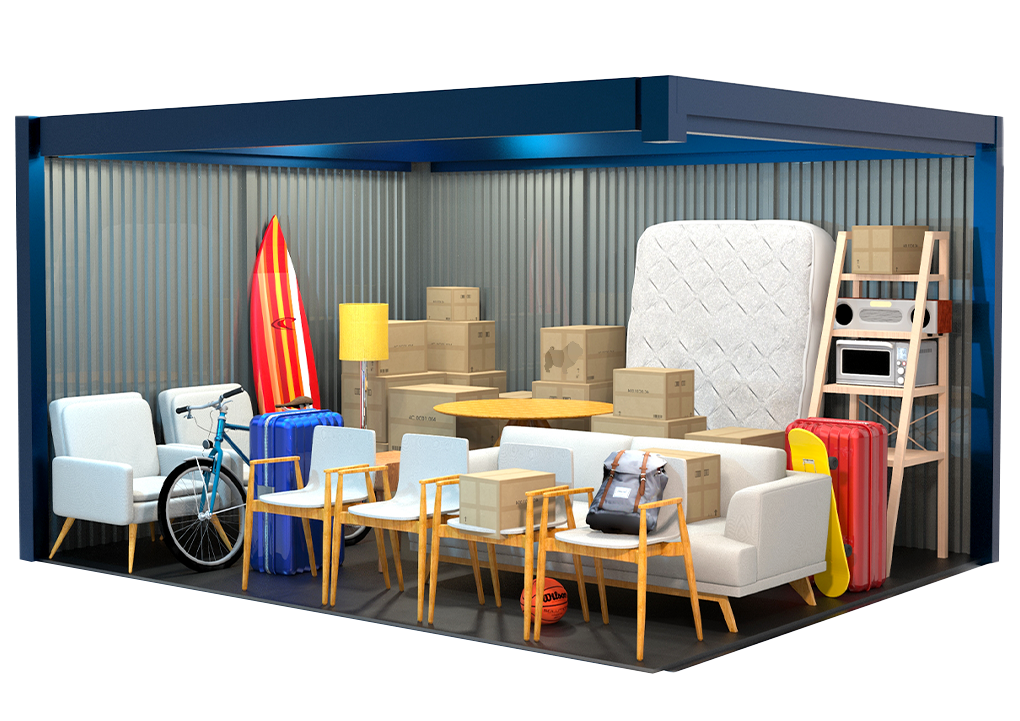
10’x15’ Unit
This estimation is based on popular tips for common storage based on this size.
Similar in size to a large bedroom. Slightly smaller than a single car garage.
Holds approximately 360 medium boxes/totes
The contents of a three-bedroom house
Equivalent to one-to-two moving truckloads
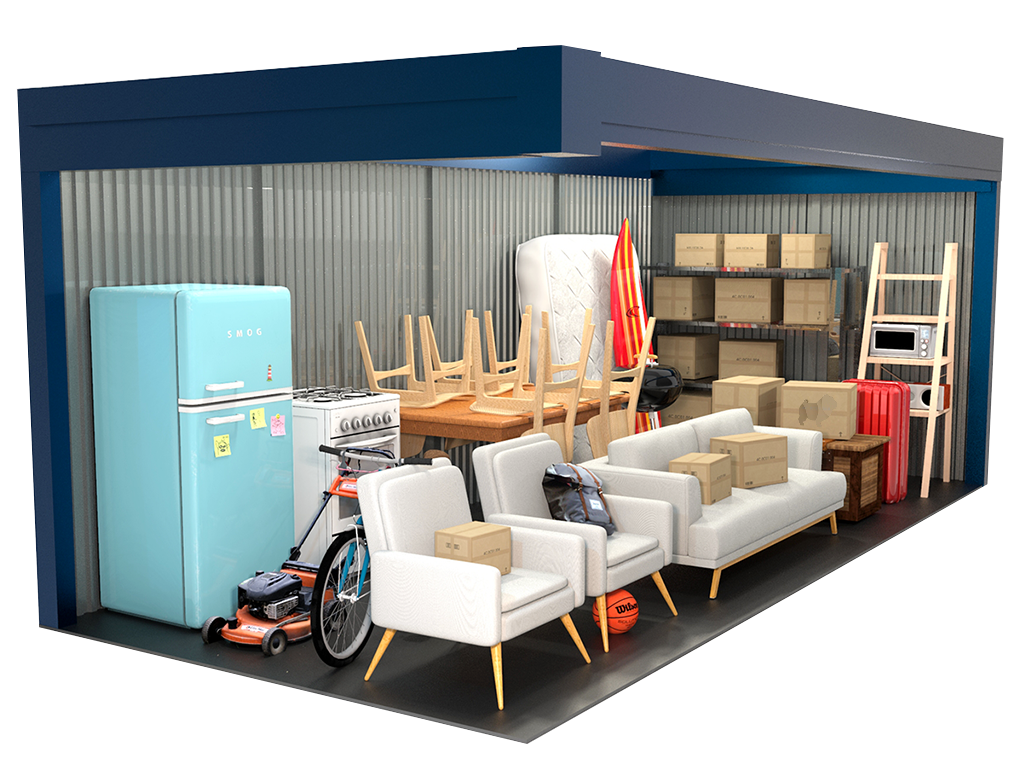
10’x20’ Unit
This estimation is based on popular tips for common storage based on this size.
Similar in size to a one car garage
Holds approximately 468 medium boxes/totes
The contents of a three-to-four bedroom house, plus garage
Equivalent of one-to-two moving truck loads
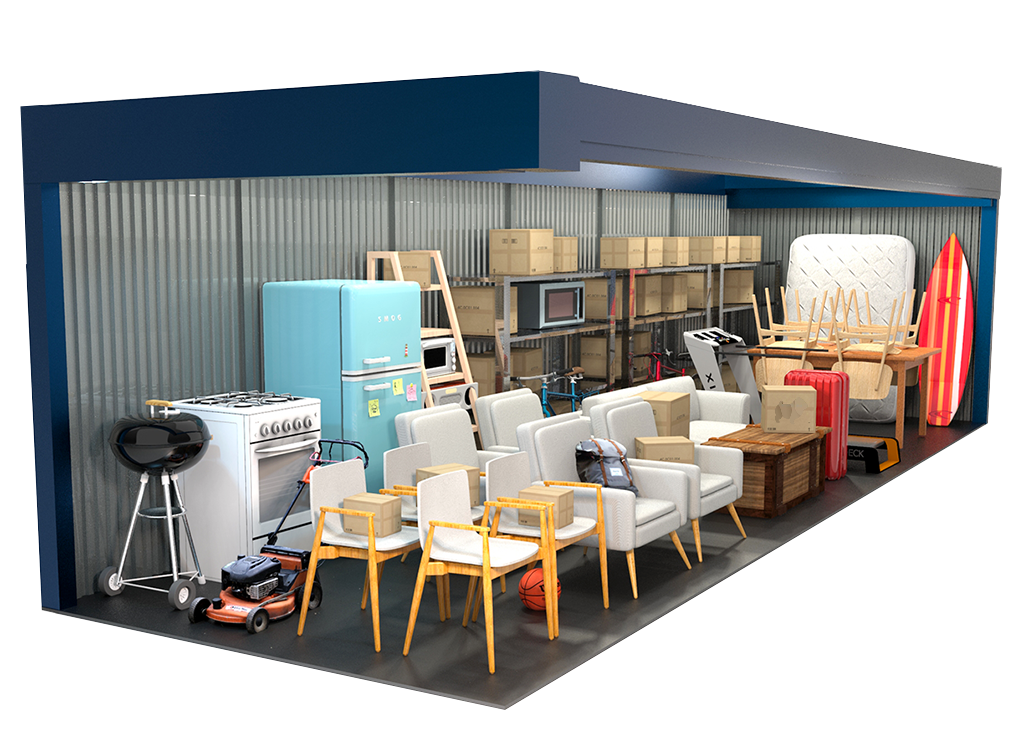
12’x24’ Unit
This estimation is based on popular tips for common storage based on this size.
Similar in size to a 1.5 car garage
Holds approximately 720 medium boxes/totes
The contents of a four bedroom house, plus garage
Equivalent to two-to-three moving truck loads

11'x28' Unit
This estimation is based on popular tips for common storage based on this size.
Similar in size to a 2 car garage
Holds approximately 740 medium boxes/totes
The contents of a five bedroom house, plus garage
Equivalent to three moving truck loads
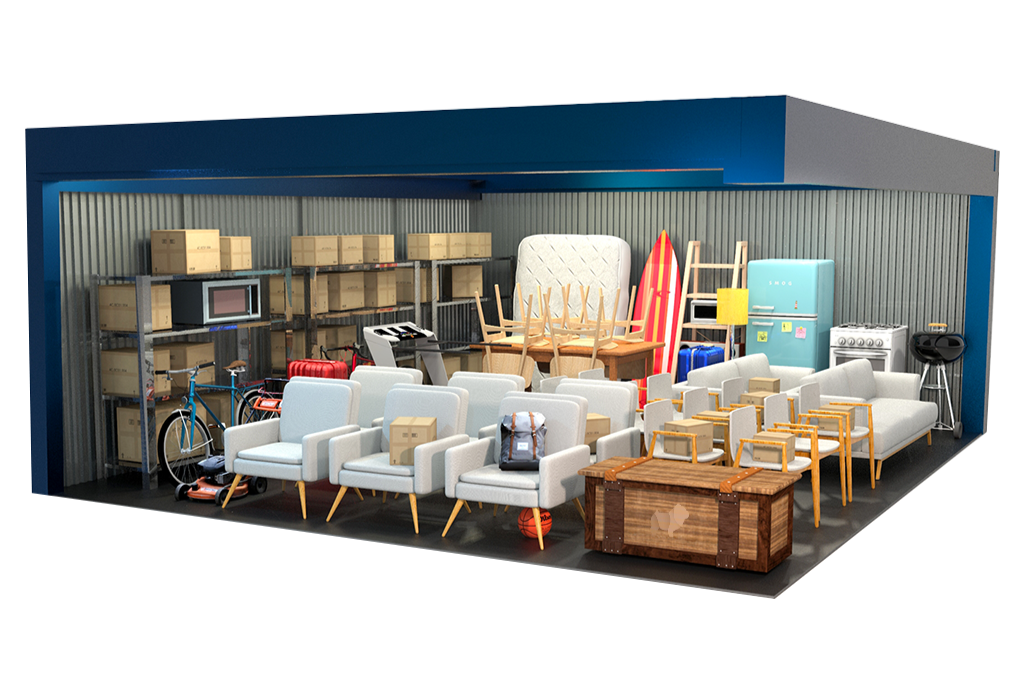
16'x27'
This estimation is based on popular tips for common storage based on this size.
Similar in size to a 3 car garage
Holds approximately 1040 medium boxes/totes
The contents of a five bedroom house, plus a two-car garage
Equivalent to three-to-four moving truck loads

10’x20’ Parking Space
This estimation is based on popular tips for common storage based on this size.
One utility trailer or camper
Is similar to a single car garage
Will accommodate one normal-sized car
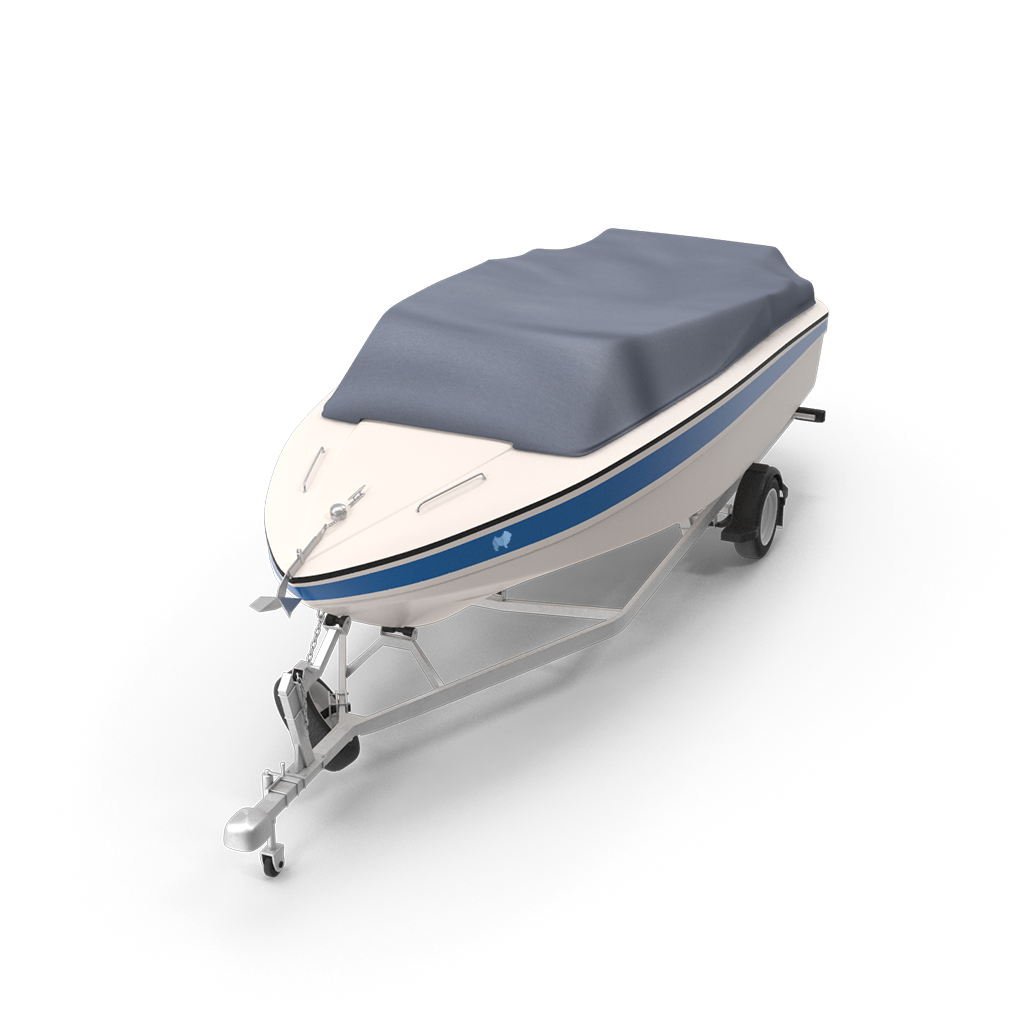
10’x30’ Parking Space
This estimation is based on popular tips for common storage based on this size.
Will accommodate one small boat with trailer
Similar to a long single car garage
One Class C RV and medium travel trailer
Storage Units That Fit Your Needs
Outbox Self Storage offers storage units in a variety of sizes and configurations depending on your needs. We’re easily accessible to residents and businesses in Charlotte, NC.
Use the visual guide above to get a better idea of which size unit best meets your needs.
If you need more information about self storage, please check out our collection of frequently asked questions or read through our list of storage tips.
If you have more questions or want to tour our facility, contact our friendly staff today.